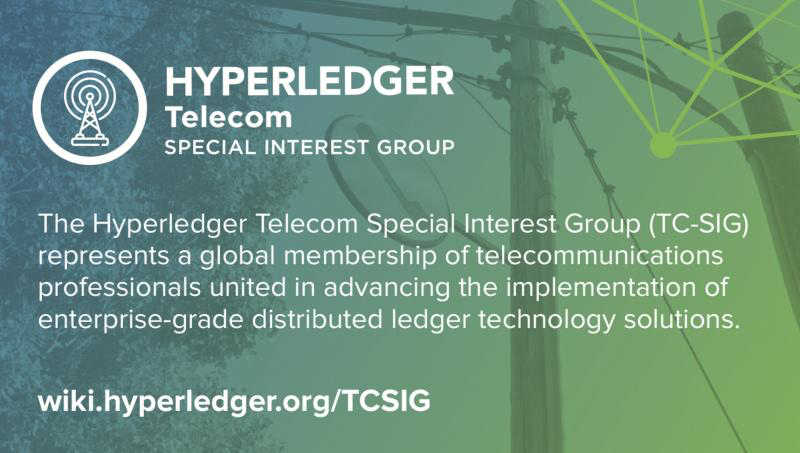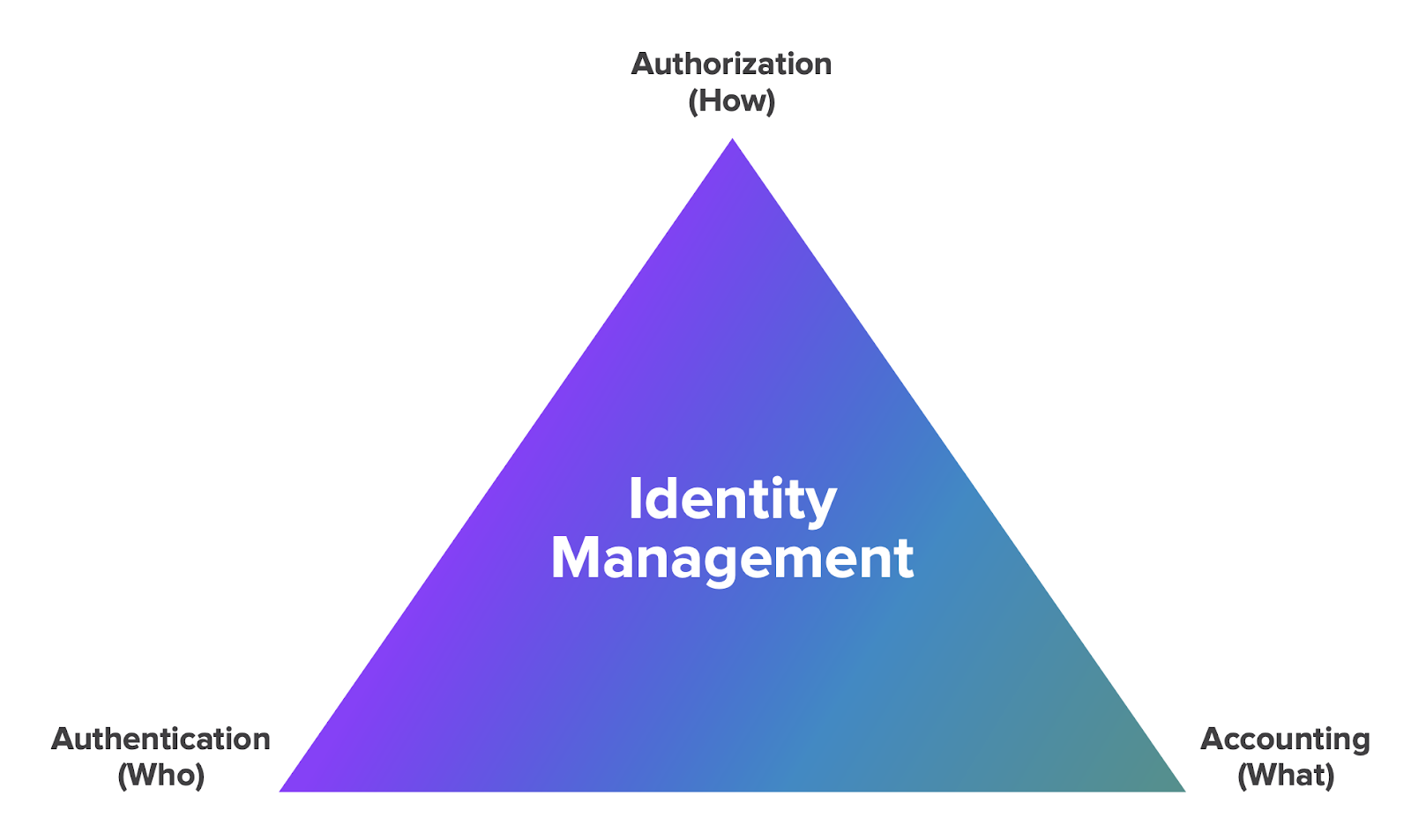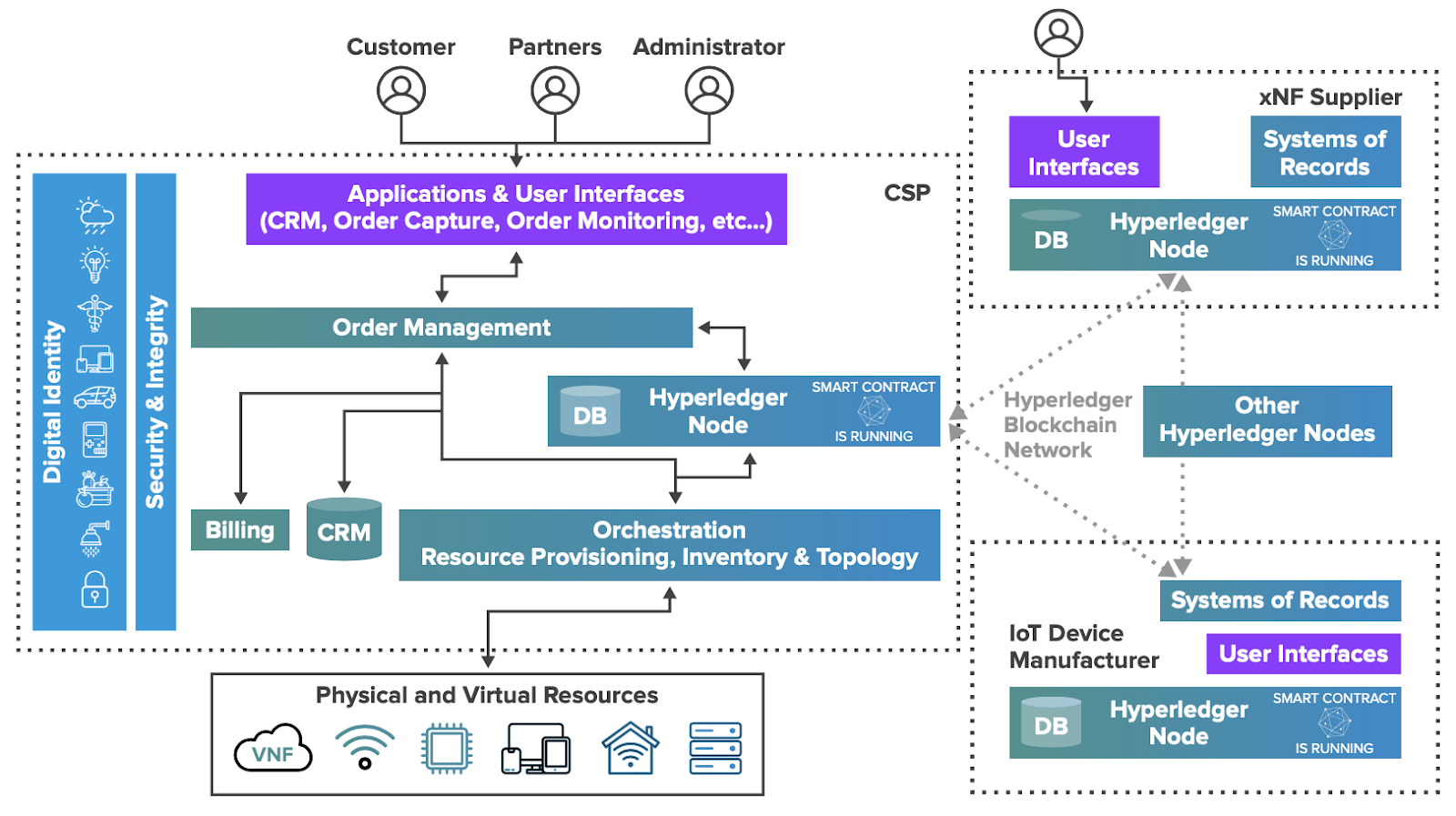The Telecom Special Interest group in collaboration with the Linux Foundation’s LF Edge initiative has published a solution brief addressing the issues concerning the centralized ID and Access Management (IAM) in IoT Networks and introducing a distributed alternative using Hyperledger Fabric.

The ever-growing number of IoT devices means data vulnerability is an ongoing risk. Existing centralized IoT ecosystems have led to concerns about security, privacy, and data use. This solution brief shows that a decentralized ID and access management (DIAM) system for IoT devices provides the best solution for those concerns, and that Hyperledger offers the best technology for such a system.
The IoT is growing quickly. IDC predicts that by 2025 there will be 55.7 billion connected devices in the world. Scaling and securing a network of billions of IoT devices starts with a robust device. Data security also requires a strong access management framework that can integrate and interoperate with existing legacy systems. Each IoT device should carry a unique global identifier and have a profile that governs access to the device.
In this solution brief, we propose a decentralized approach to validate and verify the identity of IoT devices, data, and applications. In particular, we propose using two frameworks from the Linux Foundation: Hyperledger Fabric for the distributed ledger (DLT) and Hyperledger Indy for the decentralized device IDs. These two blockchain frameworks provide the core components to address end-to-end IoT device ID and access management (IAM).
The Problem: IoT Data Security
The ambitious IoT use cases including smart transport infer a massive volume of vehicle-to-vehicle (V2V) and vehicle-to-road communications that must be safeguarded to prevent malicious activity and malfunctions due to single points of failure.
The Solution: Decentralized Identity
IoT devices collect, handle, and act on data as proxies for a wide range of users, such as a human, a government agency, or a multinational enterprise. With tens of billions of IoT devices to be connected over the next few years, numerous IoT devices may represent a single person or institution in multiple roles. And IoT devices may play roles that no one has yet envisioned.
A decentralized ID management system removes the need for any central governing authority and makes way for new models of trust among organizations. All this provides more transparency, improves communications, and saves costs.

The solution is to use Hyperledger technology to create a trusted platform for a telecom ecosystem that can support IoT devices throughout their entire lifecycle and guarantee a flawless customer experience. The solution brief includes Reference Architecture and a high-level architecture view of the proof of concept (PoC) that IBM is working on with some enterprise clients. This PoC uses Hyperledger Fabric as described above.

Successful Implementations of Hyperledger-based IoT Networks
IBM and its partners have successfully developed several global supply-chain ecosystems using IoT devices, IoT network services, and Hyperledger blockchain software. Two examples of these implementations are Food Trust and TradeLens.
The full paper is available to read at: https://www.hyperledger.org/wp-content/uploads/2021/02/HL_LFEdge_WhitePaper_021121_3.pdf
Get Involved with the Group
To learn more about the Hyperledger Telecom Special Interest Group, check out the group’s wiki and mailing list. If you have questions, comments or suggestions, feel free to post messages to the list. And you’re welcome to join any of the group’s upcoming calls to meet group members and learn how to get involved.
Acknowledgements
The Hyperledger Telecom Special Interest Group would like to thank the following people who contributed to this solution brief: Nima Afraz, David Boswell, Bret Michael Carpenter, Vinay Chaudhary, Dharmen Dhulla, Charlene Fu, Gordon Graham, Saurabh Malviya, Lam Duc Nguyen, Ahmad Sghaier Omar, Vipin Rathi, Bilal Saleh, Amandeep Singh, and Mathews Thomas.
Sign up for the monthly Hyperledger Horizon & /dev/weekly newsletters
By signing up, you acknowledge that your information is subject to The Linux Foundation's Privacy Policy